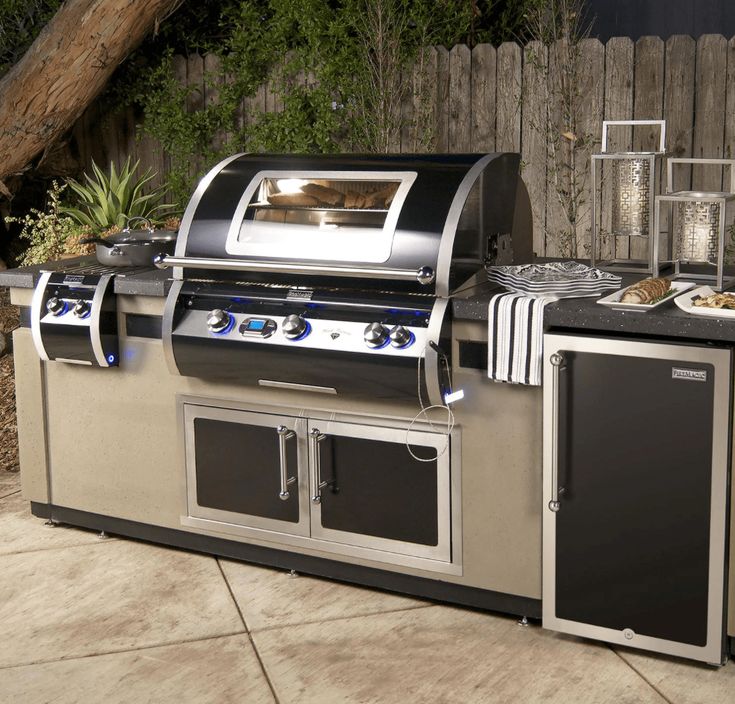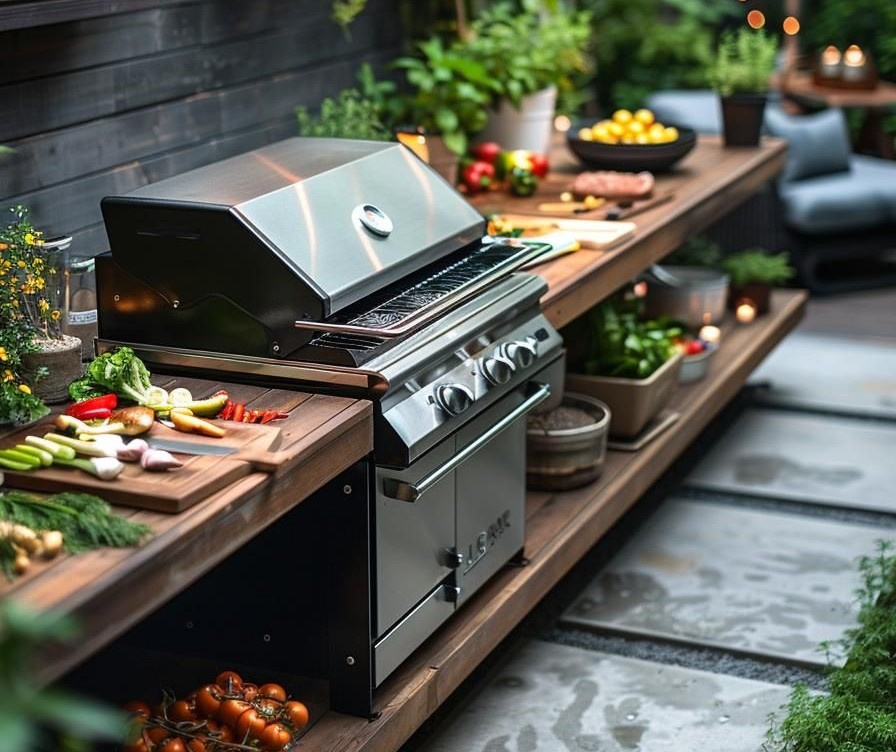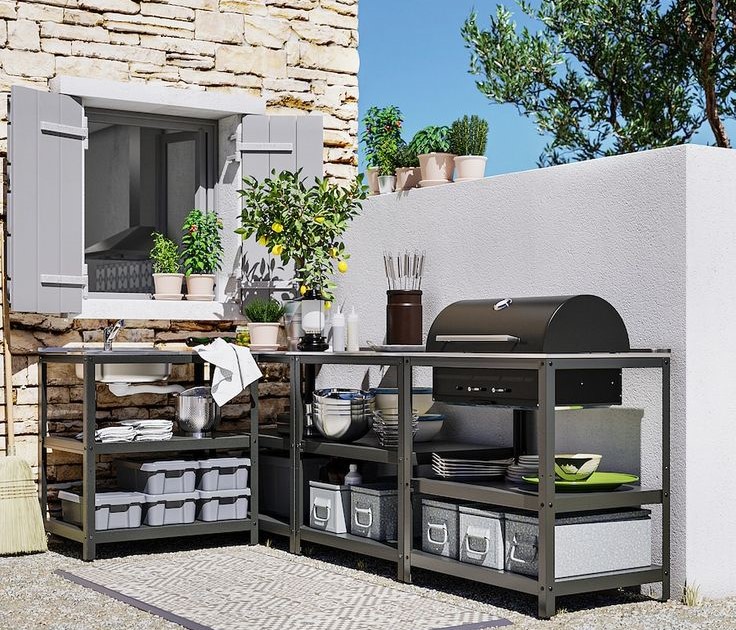To pick the right gas grill, match the grill’s size, fuel type, and features to your available space, how often you cook, and what you like to eat.
Let’s simplify the process by breaking it down into a set of simple questions. The more you know, the more confident you’ll be when making your final decision.

What size gas grill do I need?
Grill size directly impacts how many people you can cook for, how fast food finishes, and what types of meals are possible.
Small, medium, or large? Choose based on how many people you cook for and how often you grill.
Smaller grills usually have two burners and cook around 18 burger patties. They are ideal for small patios or occasional grilling. Medium grills with three or four burners fit 18–28 patties and are best for families. Larger grills handle over 28 burgers and suit frequent entertainers.
Grill Size Comparison
| Grill Size | Burners | Cooking Capacity | Best For |
|---|---|---|---|
| Small | 1–2 | 1–18 burger patties | Singles, couples |
| Medium | 3–4 | 18–28 burger patties | Families, weekly use |
| Large | 4–6+ | 28+ burger patties | Big groups, hosting |
Measure your outdoor space first. Leave room for food prep and movement. If you plan to add side tables or storage later, consider that space too.
Is propane or natural gas better for grilling?
Both propane and natural gas grills cook the same, but they differ in setup, mobility, and long-term cost.
Propane offers more flexibility and portability, while natural gas saves money long-term if a gas line is already installed.
Propane grills use refillable tanks. You can move them easily and grill anywhere. But you need to monitor tank levels and replace them regularly. Natural gas grills connect directly to a home line. They’re stationary but never run out of fuel.
If you already have a natural gas line in your yard, that’s usually the more cost-effective route. But don’t plan on switching later—conversion often voids warranties.
How many burners should a gas grill have?
Burners affect cooking zones, temperature control, and speed. More burners mean more flexibility.
Three to four burners offer the best balance for direct and indirect heat control.
A single burner limits your cooking style. Two burners are fine for simple meals. Three burners let you cook hot on one side and warm on the other. Four or more burners give full control for searing, roasting, and resting.
Some high-end grills offer sear burners or side burners as extras. These don’t replace main burners but extend what you can cook at once.
What features make a grill easier to clean?
Cleaning isn’t fun—but smart features make it quicker.
Removable drip trays, smooth grates, and accessible burners simplify post-cook cleanup.

Look for stainless or porcelain-coated grates—they resist sticking and brush clean easily. A full-width drip pan catches grease under burners. Open fireboxes or slide-out trays help too.
Some grills come with self-cleaning burners or systems to vaporize grease. These features cut down on scrubbing time, especially after messy meals.
Can gas grills sear meat like charcoal grills?
Gas grills can sear—if they get hot enough and have the right design.
Infrared burners, sear zones, or grates that hold heat well can match charcoal sears.
Infrared burners are key. They hit 800–1,500°F and lock in meat juices fast. Cast iron grates also help because they stay hot and leave solid sear marks.
While gas won’t give a smoky charcoal taste, it can caramelize sugars just as well and deliver a solid crust on steaks or burgers.
Which gas grill brands are the most reliable?
Some brands build longer-lasting grills, but you should focus on material and support—not logos.
Pick grills with solid warranties, 304 stainless steel, and replaceable parts for long-term use.
Grills built from high-grade stainless steel, especially 304, resist rust and stay looking clean. Avoid thin metal or painted steel—it peels fast outdoors.
Also check warranty coverage: long-term burner, grate, and firebox coverage signal a well-made grill. Brands that support replacement parts help extend the life of your investment.
Conclusion
A gas grill that fits your space, budget, and cooking needs is the one you’ll actually use. Keep it simple, plan smart, and cook happy.

FAQs
How much grilling space do I need per person?
Around 100 square inches per person is usually enough for burgers, chicken, or vegetables.
What’s the difference between 304 and 430 stainless steel?
304 resists rust better and holds up in outdoor weather longer than 430.
Do infrared burners use more gas?
No, they are actually more efficient and use less gas while providing higher heat.
Should I cover my grill year-round?
Yes, use a breathable, waterproof cover to prevent rust, dust, and sun damage.
How do I know if my grill has hot spots?
Use sliced bread or onion rings spread on the grate. Areas that toast or darken faster are hotter.
How long do propane tanks last during use?
A 20-lb tank typically lasts about 18–20 hours on medium heat.
What should I clean after each use?
Brush grates, empty the grease tray, and wipe down exterior surfaces lightly.
Can I grill in the winter?
Yes. Just preheat longer and keep the lid closed more often to retain heat.
